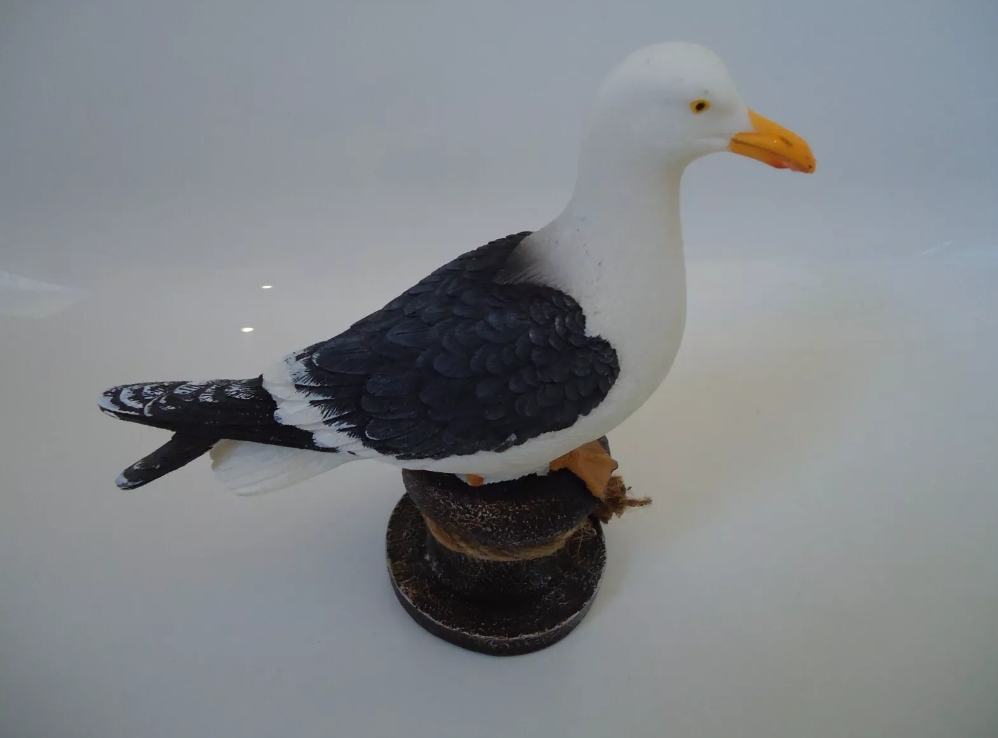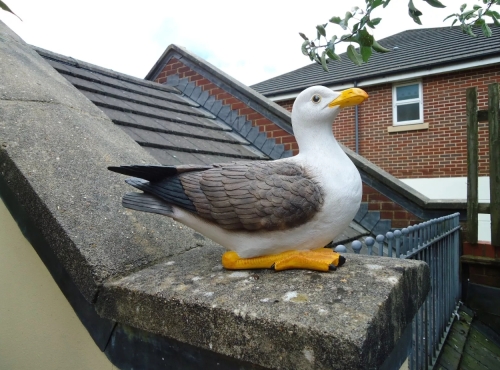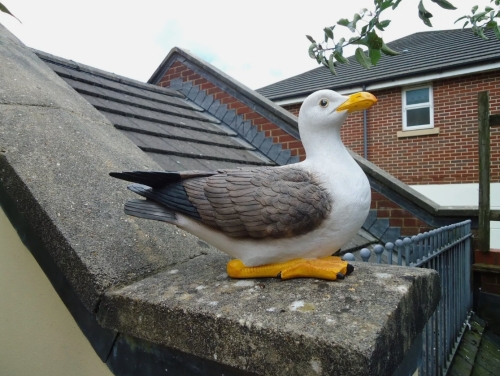The seagull model is a theoretical framework used to describe and explain a variety of complex phenomena. By simplifying and idealizing the real system into multiple controllable parts, it helps researchers better understand the interactions between the various parts.
The core of this model lies in its hierarchical structure. The seagull model can be viewed as a network of multiple levels, each of which is both independent and closely related to the others. Compared with the state of seagulls flying on the sea, the transformation and interaction between various levels are also like that of seagulls swimming in different air currents, reflecting the internal dynamic balance of the system.
The seagull model is widely used, especially in the fields of ecology, sociology and economics. Using this model, researchers were able to focus on how different species in an ecosystem interact with each other and how these interactions affect the overall ecological balance. At the same time, the model can also be used to analyze the relationships among individuals in social networks and reveal the underlying laws of complex social behaviors.
In economics, the Seagull model helps analyze the allocation of various resources and their changes in the market,providing a scientific basis for companies and policy makers to make decisions. Seagulls model flexibility makes it able to adapt to the needs of different research fields, constantly adjust their parameters and variables,in order to more accurately simulate the complexity of the real world.
Another advantage of the seagull model is its ease of visualization. Researchers can visualize the various elements in the model and the relationships between them through diagrams or other forms. This visualization not only facilitates communication between researchers,but also makes it easier for the general public to understand complex theories,thus improving the effectiveness of science communication.
















